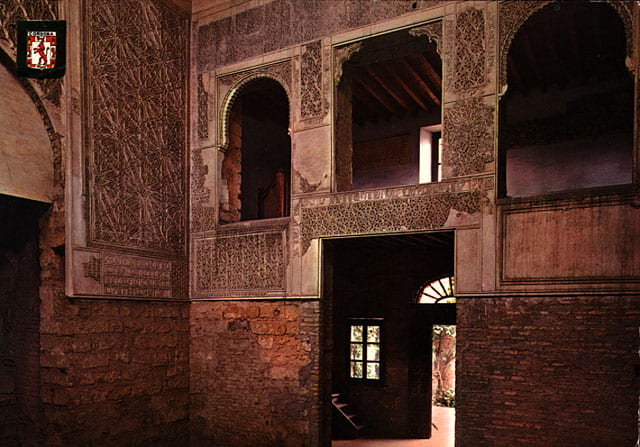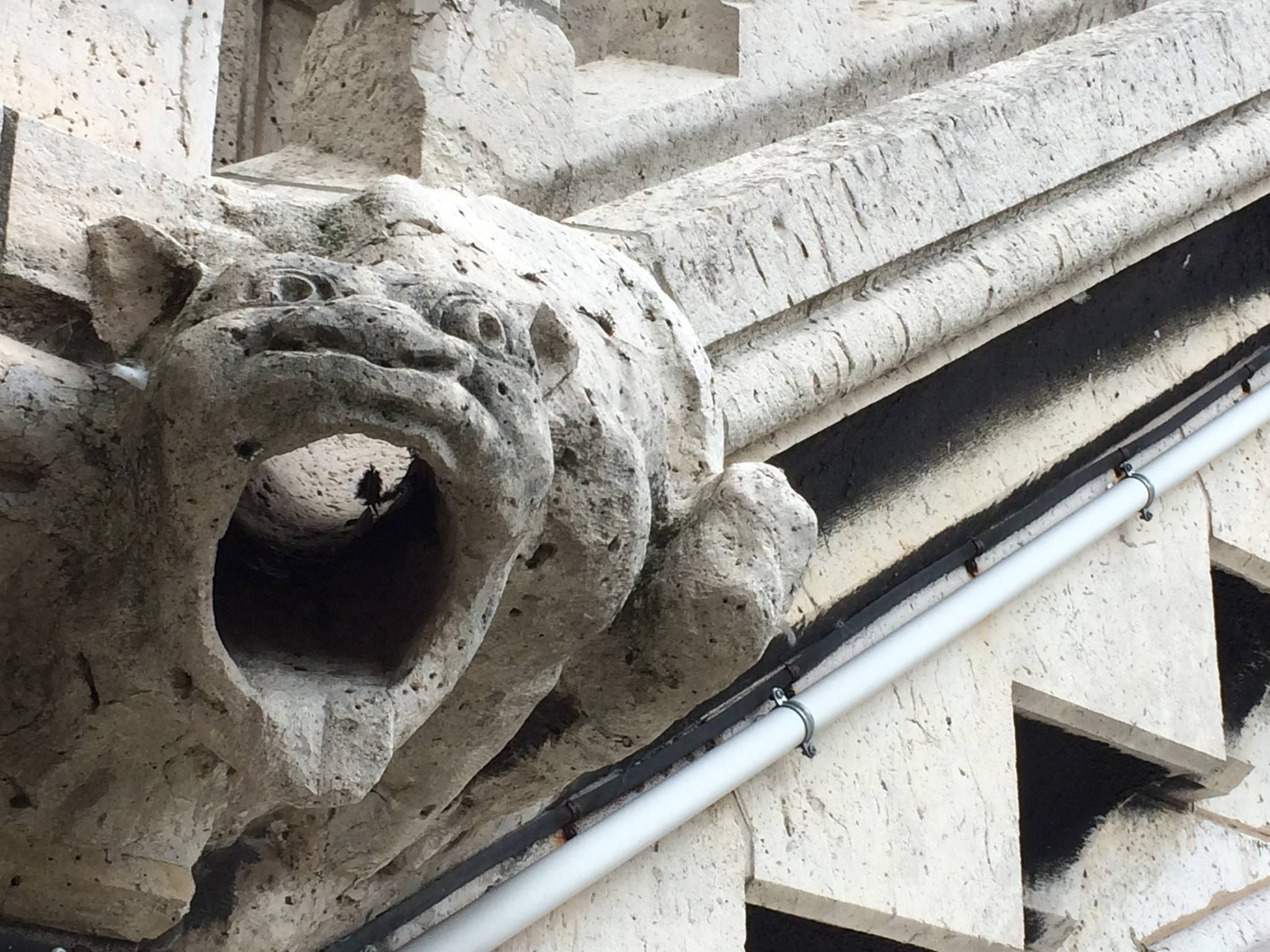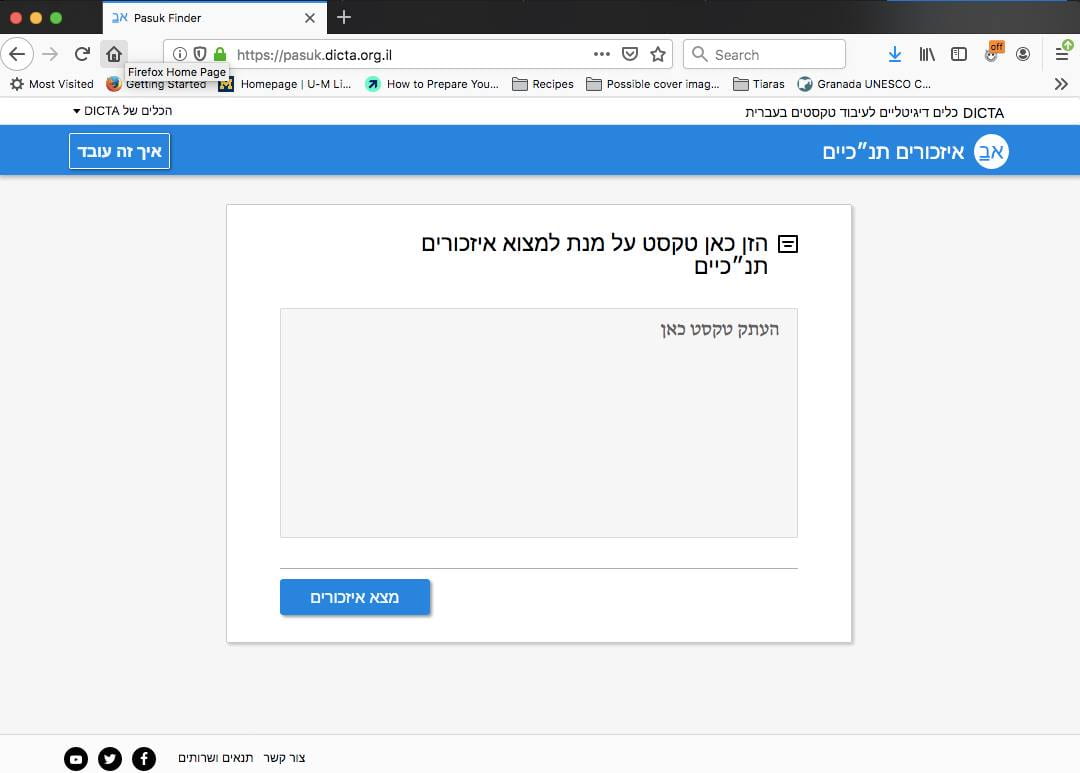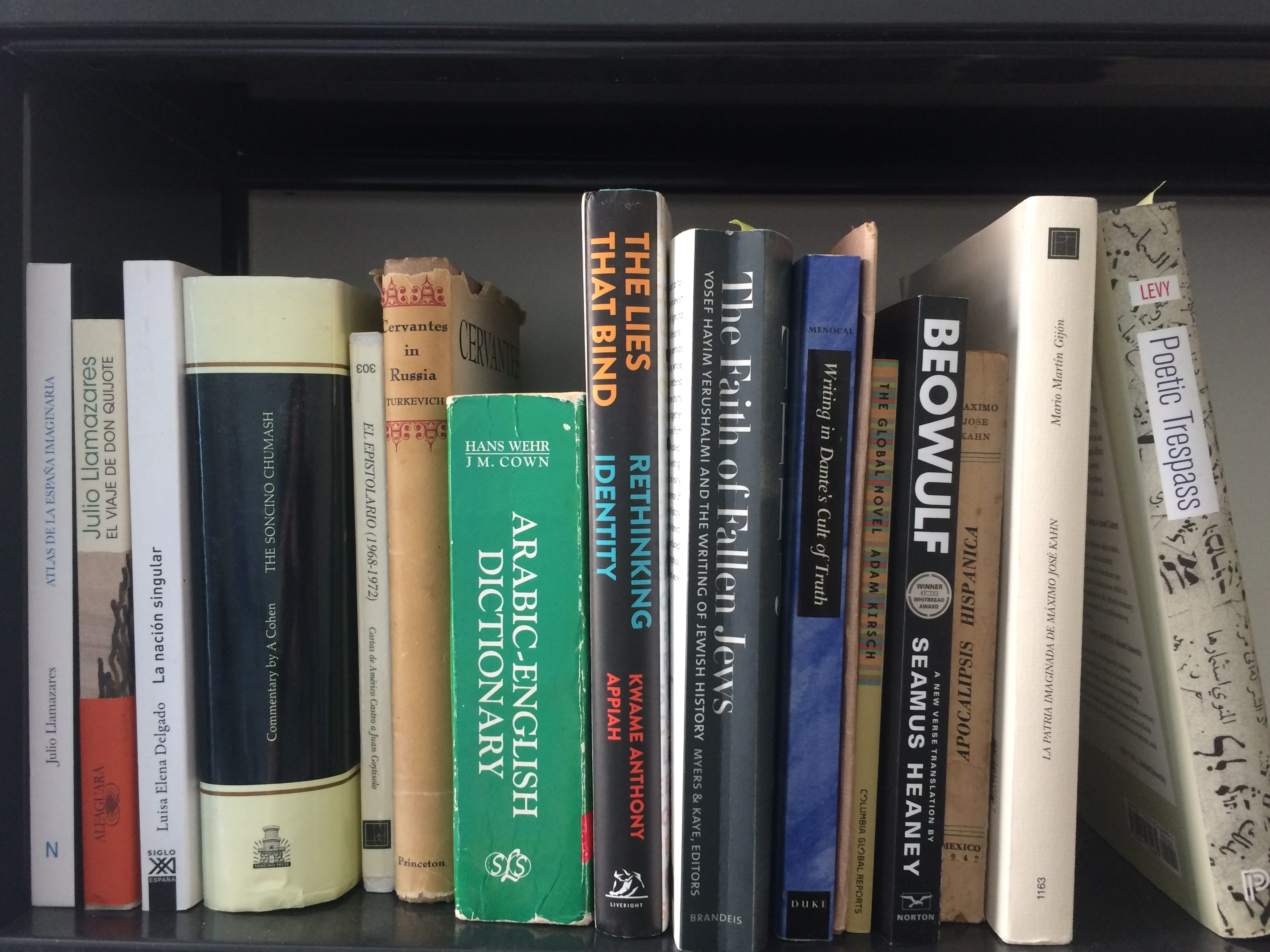
I’m moving this week, so I can best show my current interest with the few books that I left unpacked to work on the introduction to my current book project and the chapter that I’m currently writing. The book is a reception history, examining the ways in which medieval poetry and poets from al-Andalus are implicated in various nationalist discourses of the 20th century. I’m reading and writing about different modes of constructing national identity and how different facets of it (language, religion, race, geography, etc.) function for the various nationalist writers whose work I am analyzing.
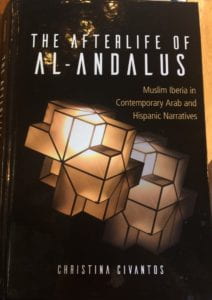
The book that I’m actively reading is Christina Civantos’ The Afterlife of al-Andalus (SUNY Press, 2017), which looks at traces of Andalusi literature in Argentine and Palestinian writing. I’m finding it to be an engaging book because I don’t understand the medieval history in the same way that Civantos does in order to set up the foundations from which she can carry out a postcolonial analysis of post-Andalusi literary works. And so it’s challenging me to more carefully articulate how I’m thinking about empire and governance in medieval Spain and its consequences in the modern world for the introduction to my own book.
And for non-academic (but not totally unrelated) purposes, I’m reading The Making Of, which is a series of interviews with the key players who were involved in the renovation of the Royal Museum for Central Africa, just outside of Brussels, which I visited last month. It’s funny how reading sometimes, completely coincidentally, groups thematically: I’m doing a lot of reading in postcolonial theory at the moment, both in and out of my academic life.
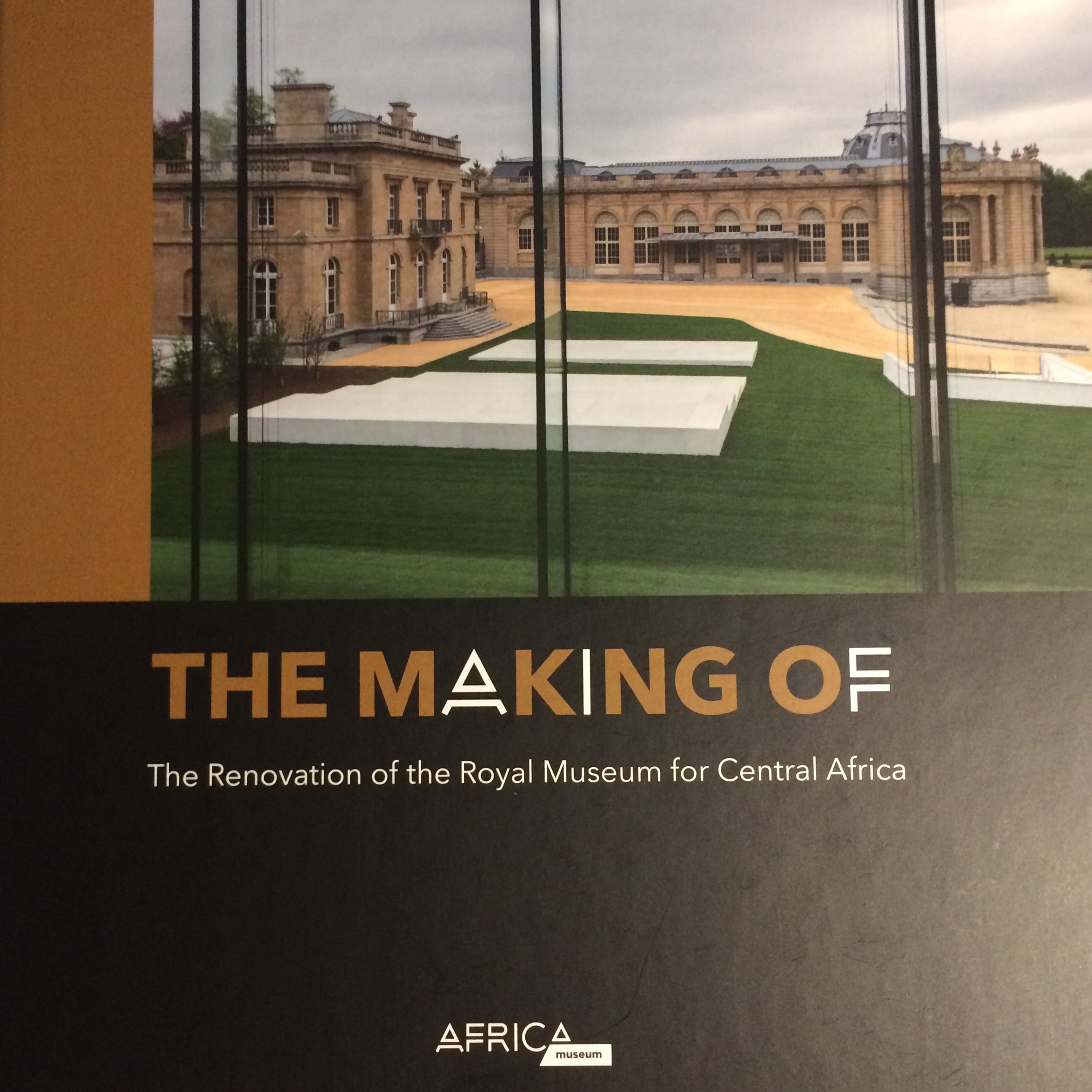
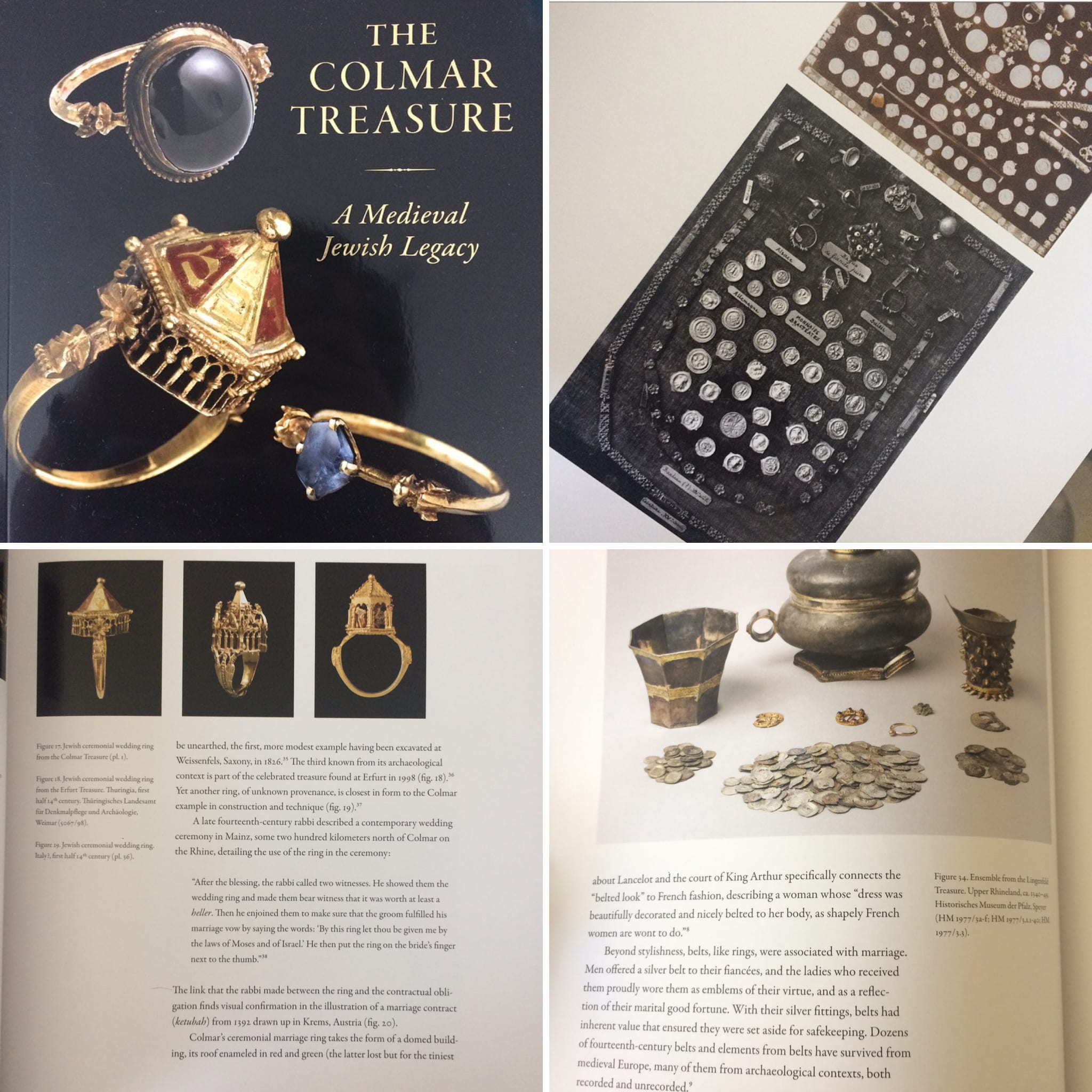
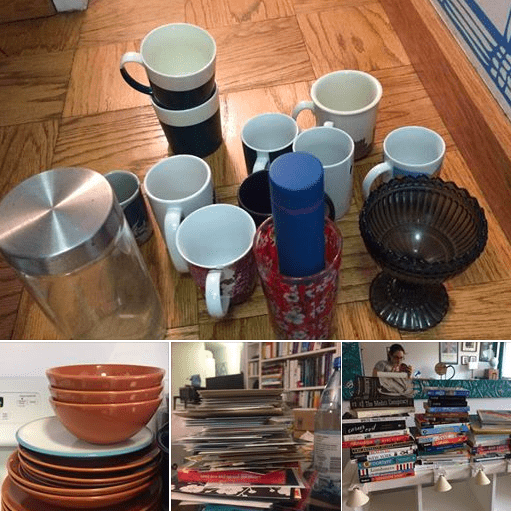

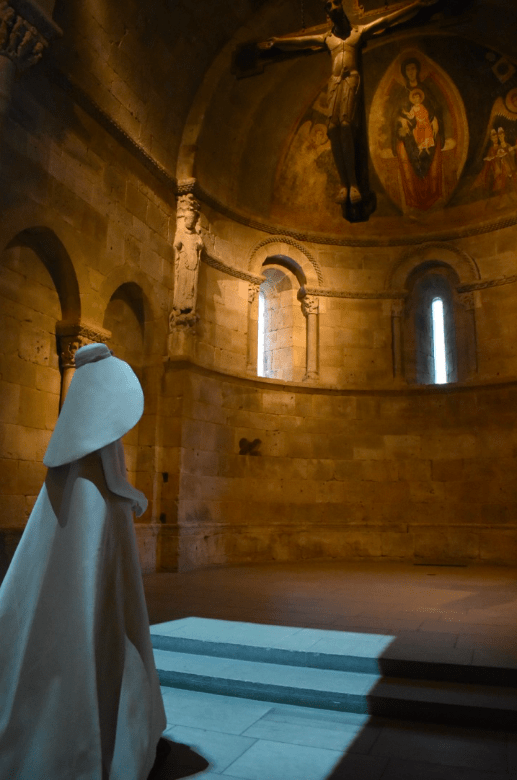
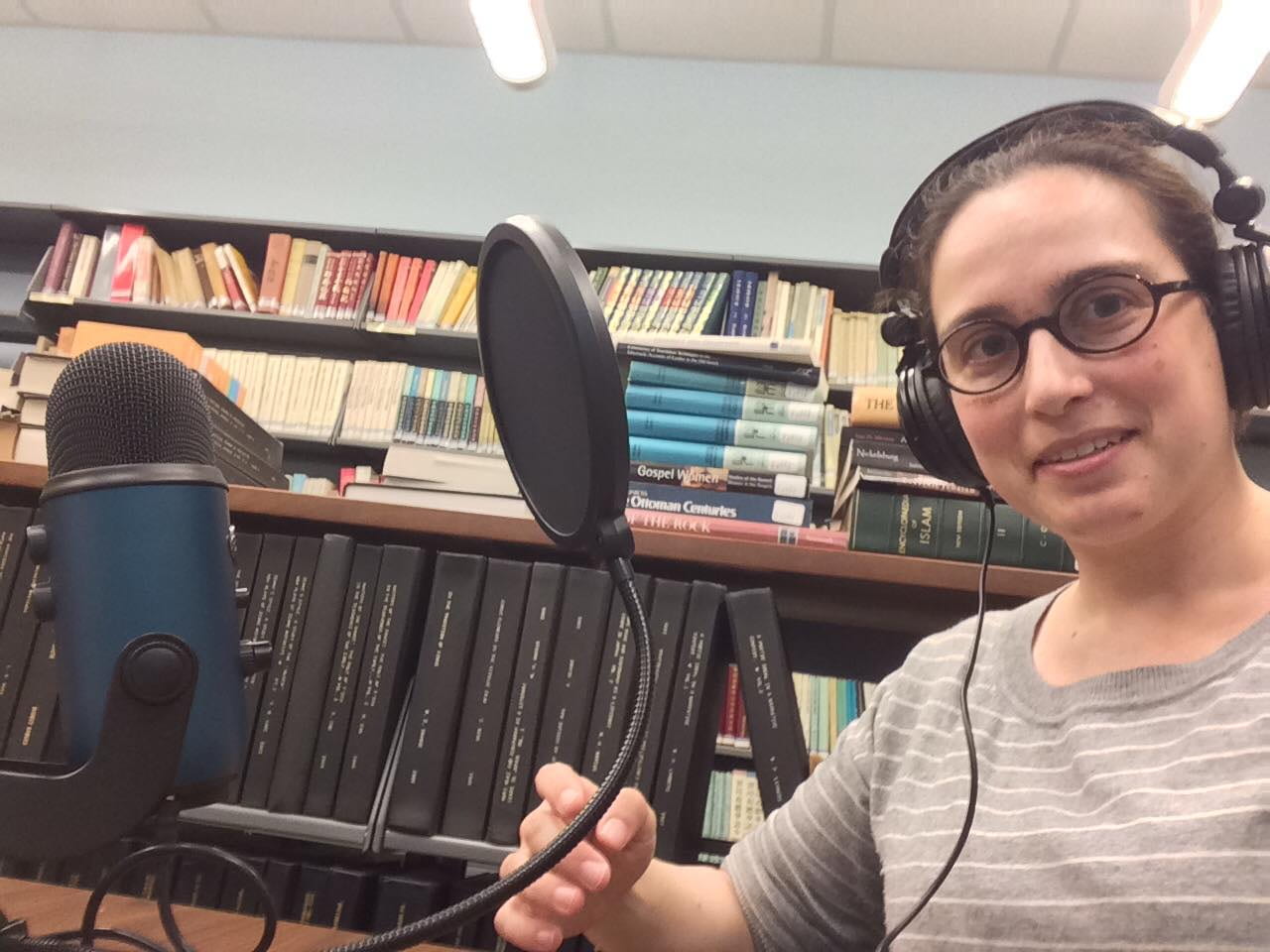
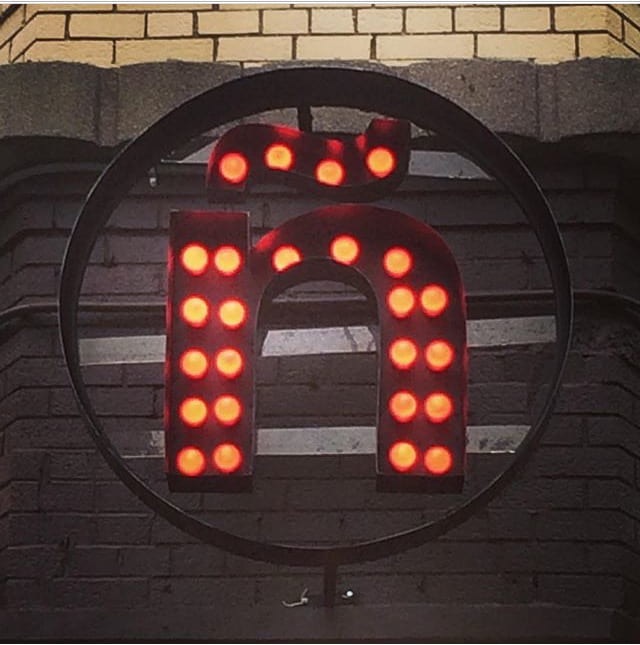
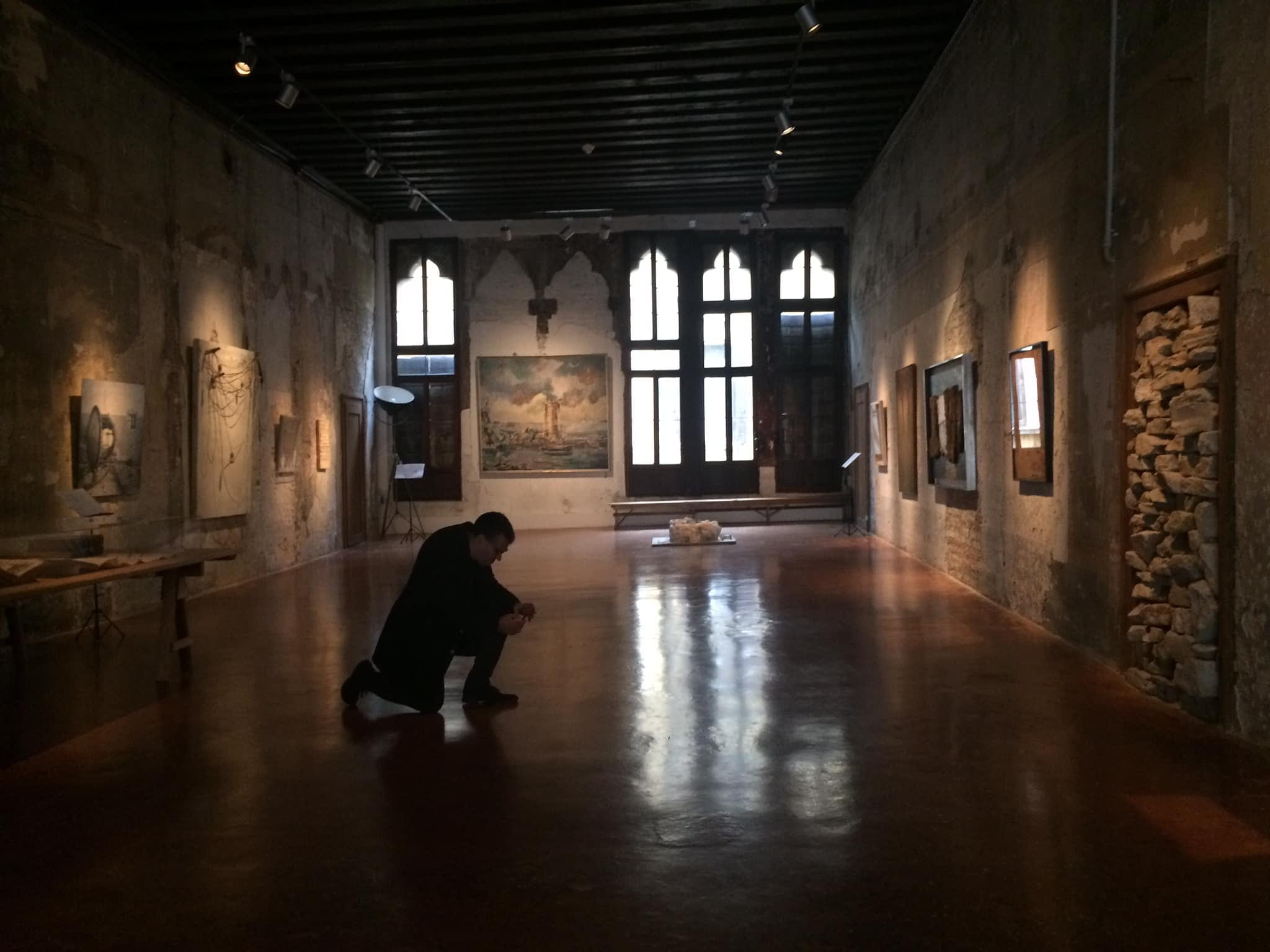
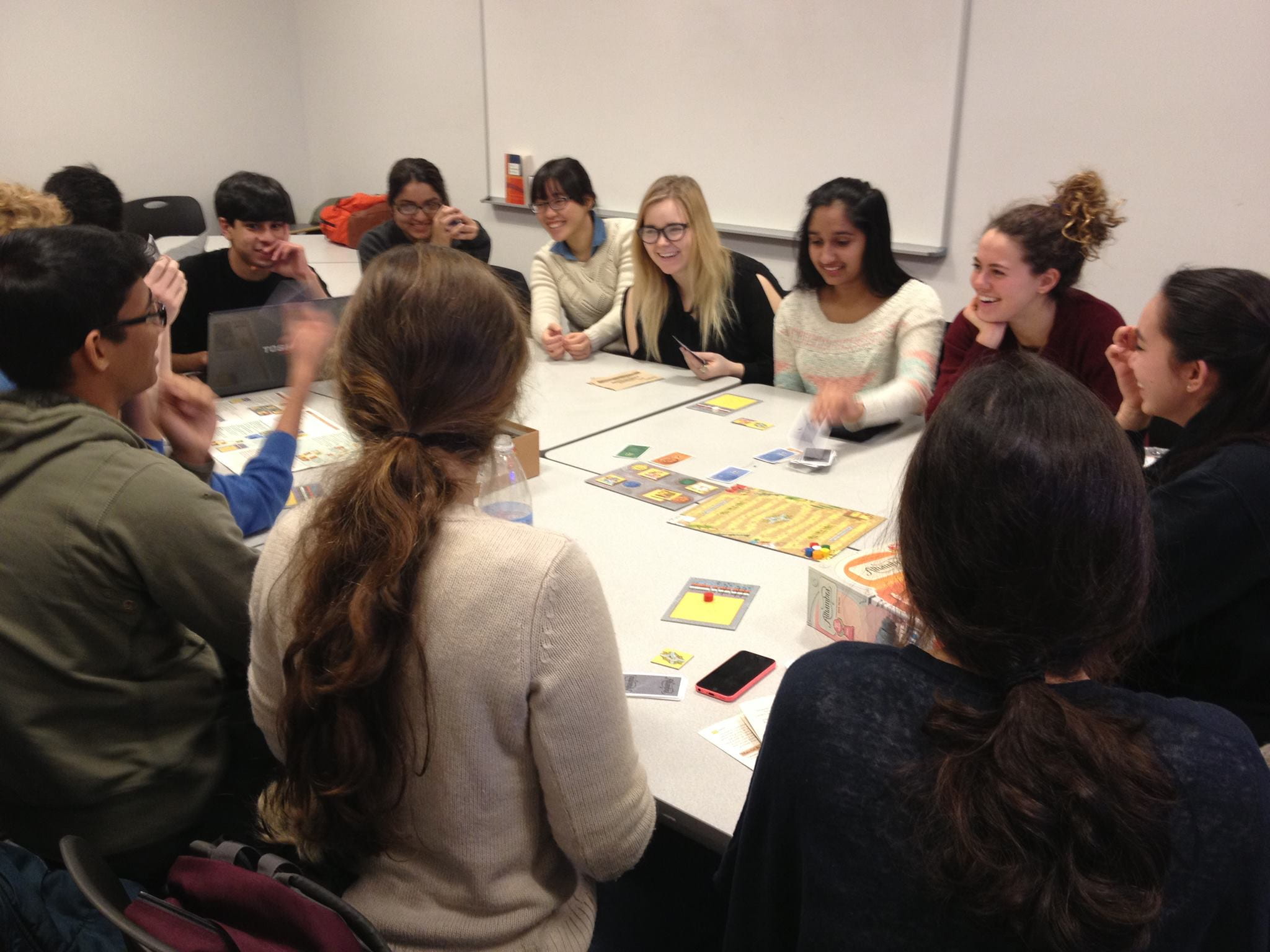
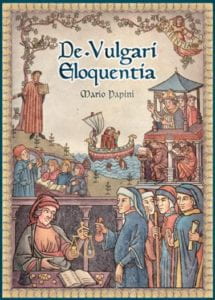 This year, I’m going to set aside a day for students in my history of Spanish class to play
This year, I’m going to set aside a day for students in my history of Spanish class to play 